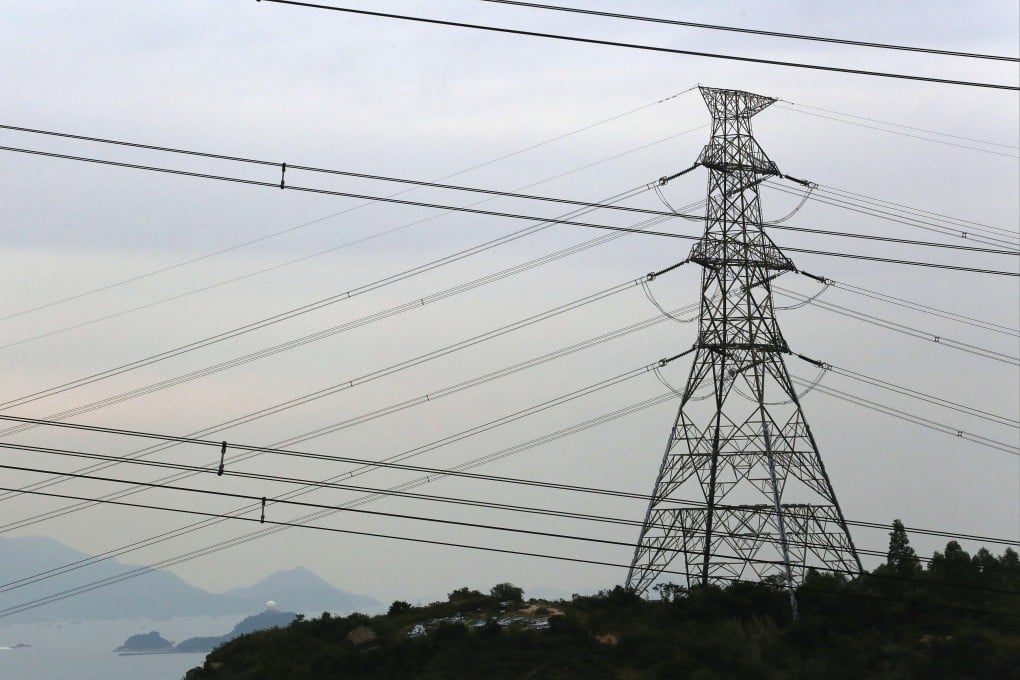Hong Kong’s CLP Power told to weatherproof network after voltage dip blamed on thunderstorm
- Company says ‘unstable weather’ affected overhead power lines, causing a voltage dip and interruption to supply

The Electrical and Mechanical Services Department said on Sunday night it would form a task force to review whether CLP Power’s remedy measures could be accelerated and if the government could do anything to help it enhance the capability of the power supply system.
The utility, which supplies most the city’s population, offered an apology to affected households for the incident, the second one in less than two weeks that involved interruptions to normal service.
But it did not explain what had happened to cause the disruption and said its investigation continued.
Tse Chin-wan, the secretary for environment and ecology, said the firm “should not wait” to upgrade its system in Kowloon and the New Territories until a review of incidents over the past three years was completed within the next 12 months.
He was speaking after a 400kV overhead line linking Yuen Long to Shenzhen suffered a drop in voltage just before 3am, which caused power cuts and other glitches in Kowloon and the New Territories.
